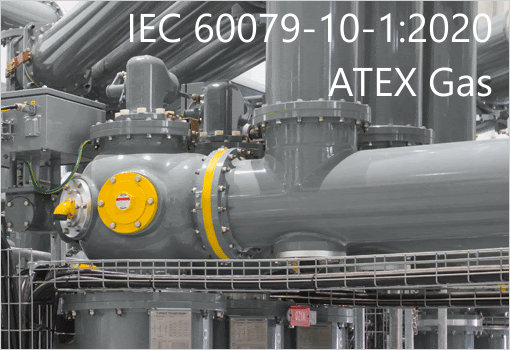ISO/DIS 13851:2017...
This International Standard is a type-B1 standard as stated in ISO 12100.
This document is of relevance, in particular, for the following stakeholder groups representing the market players with regard to machinery safety:
- machine manufacturers (small, medium and large enterprises);
- health and safety bodies (regulators, accident prevention organizations, market surveillance etc.);
Others can be affected by the level of machinery safety achieved with the means of the document by the above-mentioned stakeholder groups:
- machine users/employers (small, medium and large enterprises);
- machine users/employees (e.g. trade unions, organizations for people with special needs);
- service providers, e.g. for maintenance (small, medium and large enterprises);
- consumers (in case of machinery intended for use by consumers).
The above-mentioned stakeholder groups have been given the possibility to participate at the drafting process of this document. In addition, this document is intended for standardization bodies elaborating type-C standards. The requirements of this document can be supplemented or modified by a type-C standard. For machines that are covered by the scope of a type-C standard and have been designed and built according to the requirements of that standard, the requirements of that type-C standard take precedence.
A two-hand control device (THCD) is a safety device (safety component). It provides a measure of protection for the operator against reaching danger zones during hazardous situations by locating the control actuating devices in a specific position. For hand-held machinery, it should be taken into consideration that the danger zone is not stationary.
The selection of a THCD as an appropriate safety device will depend upon the risk assessment made by designers, standard makers and others in accordance with ISO 12100.
The definition of a THCD is given in 3.1 and takes precedence over the definition given in ISO 12100. In some arrangements, enabling devices (see ISO 12100) and/or hold-to-run devices (see ISO 12100) may comply with the definition of a THCD in this International Standard. Additionally, some special control devices — such as teach pendants for robots and some crane controls — require the use of two hands and can comply with the definition of a THCD in this International Standard.
This International Standard specifies the safety requirements of a THCD and the dependency of the output signal from the input signals.
This International Standard describes the main characteristics of THCDs for the achievement of safety and sets out combinations of functional characteristics for three types. It does not apply to devices intended to be used as enabling devices, as hold-to-run devices or as special control devices. This International Standard does not specify with which machines THCDs shall be used. It also does not specify which types of two-hand-control device shall be used. Moreover, it does not specify the distance between the THCD and the danger zone (see 8.8). This International Standard provides requirements and guidance on the design and selection (based on a risk assessment) of THCDs including their assessment, the prevention of defeat and the avoidance of faults. This International Standard applies to all THCDs, independent of the energy used, including:
- THCDs which are or are not integral parts of a machine;
- THCDs which consist of one or more than one separate element.






































